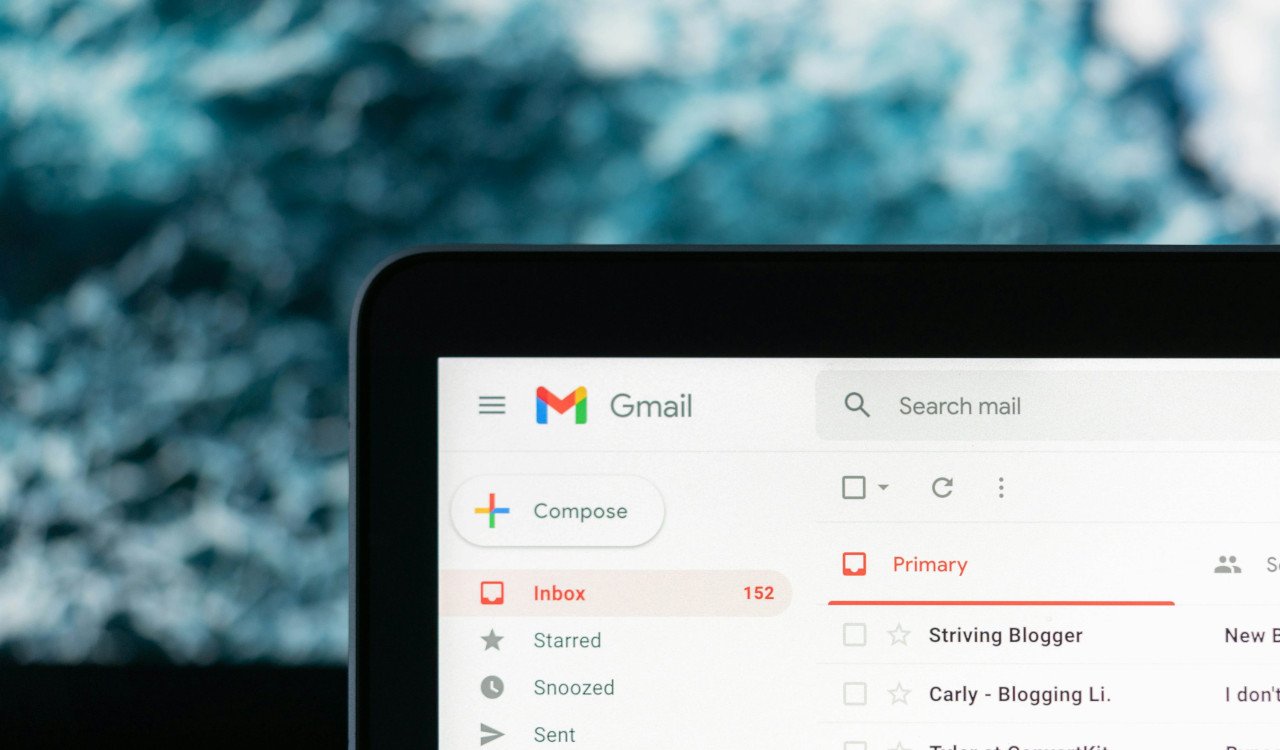Email verification is a crucial step in ensuring your email outreach efforts are successful. Sending emails to invalid addresses can harm your sender reputation, increase bounce rates, and reduce overall campaign effectiveness. In this guide, we’ll explore various methods to check if an email is valid and how you can improve your email deliverability.
Why Email Validation Matters
Invalid email addresses can negatively impact your marketing and outreach campaigns in several ways:
- High Bounce Rates: Emails sent to invalid addresses are likely to bounce back, affecting your email deliverability.
- Poor Sender Reputation: Repeatedly sending to bad addresses can get your domain flagged by email service providers.
- Wasted Efforts: Time and resources spent on invalid contacts reduce your overall efficiency.
- Reduced Engagement: Valid emails ensure your messages reach real recipients who can engage with your content.
Methods to Check If an Email is Valid
There are multiple ways to verify email validity, ranging from manual checks to automated tools.
1. Syntax and Format Check
One of the simplest ways to verify an email address is by checking its format. A valid email should follow the standard format: username@domain.com.
Key elements of a valid email:
- A proper username (letters, numbers, and some special characters are allowed)
- An “@” symbol
- A valid domain (e.g., gmail.com, company.com)
- A domain extension (.com, .org, .net, etc.)
If an email lacks these elements, it is likely invalid.
2. DNS and MX Record Lookup
Each email address is associated with a domain that has specific mail exchange (MX) records. Checking an email’s MX records can help determine if the domain is configured to receive emails.
To check MX records:
- Use online MX record lookup tools.
- Use the
nslookupordigcommand in your terminal. - If no MX records are found, the email is likely invalid.
3. Sending a Test Email
Sending a test email and monitoring the response can be an effective validation method. If the email bounces back with an error message, it may indicate an invalid address.
Common bounce-back errors:
- 550 5.1.1 User Unknown: The email address does not exist.
- 554 Delivery Error: The server rejected the email due to a policy violation.
4. Using an Email Verification Tool
Manually checking email addresses can be time-consuming. Automated email verification tools can streamline the process by checking for syntax errors, MX records, and email activity.
One such tool is lemlist. You can check out their guide on email verification, which explains how to validate emails effectively. Using tools like lemlist can save time and improve the accuracy of your email lists.
5. Checking for Disposable Emails
Some users provide temporary or disposable email addresses that expire after a short time. These are commonly used to bypass sign-up requirements. To avoid sending emails to such addresses:
- Use an email verification tool that detects disposable domains.
- Maintain a blacklist of known temporary email providers (e.g., Mailinator, TempMail).
Best Practices for Maintaining a Clean Email List
To ensure high deliverability rates and maintain a healthy sender reputation, follow these best practices:
1. Regularly Clean Your Email List
Periodically remove invalid or inactive emails from your database to maintain a high-quality list. This prevents sending emails to addresses that no longer exist.
2. Use a Double Opt-In Process
A double opt-in process requires users to confirm their email address before being added to your mailing list. This reduces the chances of fake or incorrect emails being entered.
3. Monitor Engagement Metrics
Track open rates, click-through rates, and bounce rates to identify potential issues with your email list. If an email consistently has low engagement, it may be worth verifying its validity.
4. Avoid Purchasing Email Lists
Buying email lists often results in poor-quality leads with invalid or unverified addresses. Instead, focus on organic list-building strategies to ensure better engagement and deliverability.
Conclusion
Verifying email validity is a critical step in optimizing your outreach and email marketing campaigns. By using methods such as syntax checks, MX record lookups, test emails, and email verification tools, you can ensure your messages reach the right audience.
By maintaining a clean email list and following best practices, you can improve deliverability, protect your sender reputation, and maximize the success of your email campaigns.
